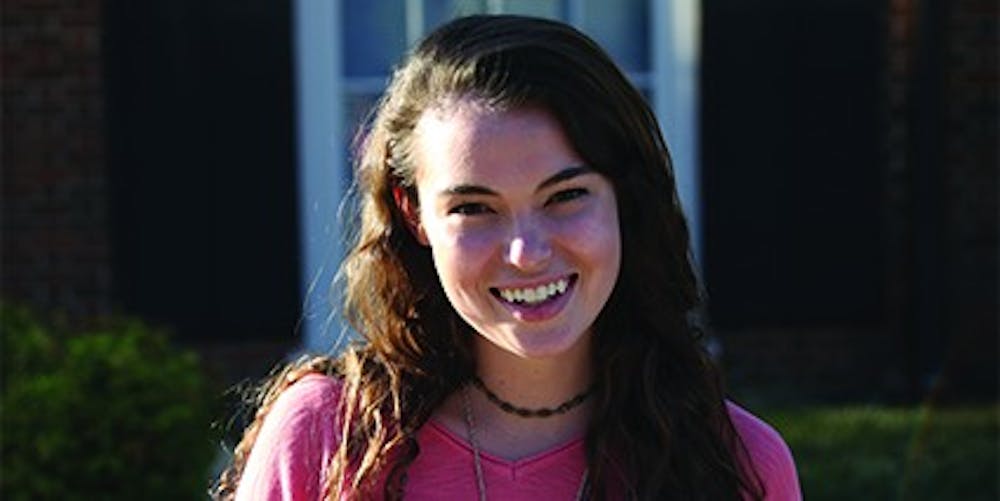This weekend, I took advantage of the new-semester lull — or, probably more accurately, the calm before the storm — to explore some towns around Chapel Hill.
And as I navigated the unexpectedly crowded aisles of a rural antiques shop Saturday afternoon, I took a look at a few vintage magazines.
While the old news magazines were a natural draw, I found myself reaching for a 1959 edition of a lifestyle magazine called “McCall’s,” billed as “the magazine of Togetherness.” Capital T togetherness.
An odd slogan, I thought, for a lifestyle magazine; I took a look inside.
Clearly intended as a women’s magazine, its cover featured a fair-skinned woman lounging on a gondola in a prim dress and heels.
Stories touting hypnosis as a weight loss technique, warning that “honeymoons can be a menace" and advertising “new delight in window treatments” stretched across the cover.
And I thought about what it meant to be a woman in 1959 versus 2016. How alien those experiences and exclusions were, speaking through those pages to a woman in 2016.
In one short and surprisingly reflective moment later, the absurdity of that idea checked me. Of course, women were no different.
But the people who crafted the images, edited that magazine, wrote the laws — those who drew the lines of what a woman “was” — were a different set. And it is that power, to define womanhood and therefore personhood, that pervades our lives.




